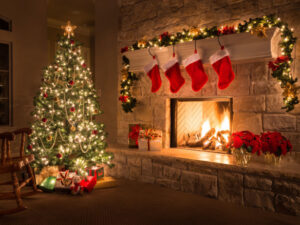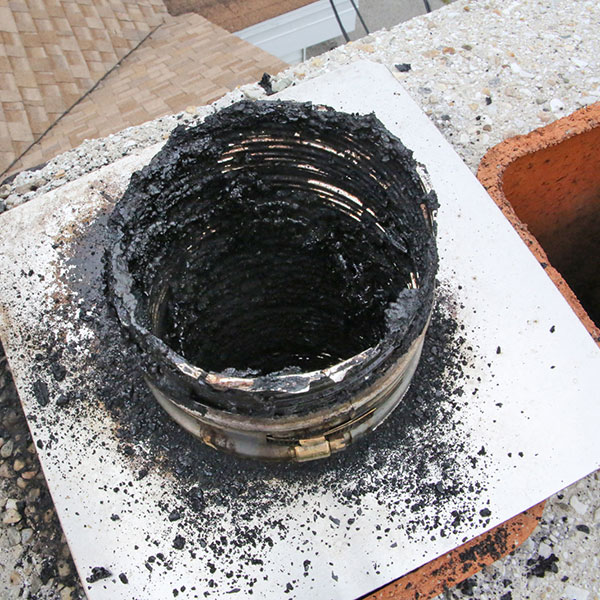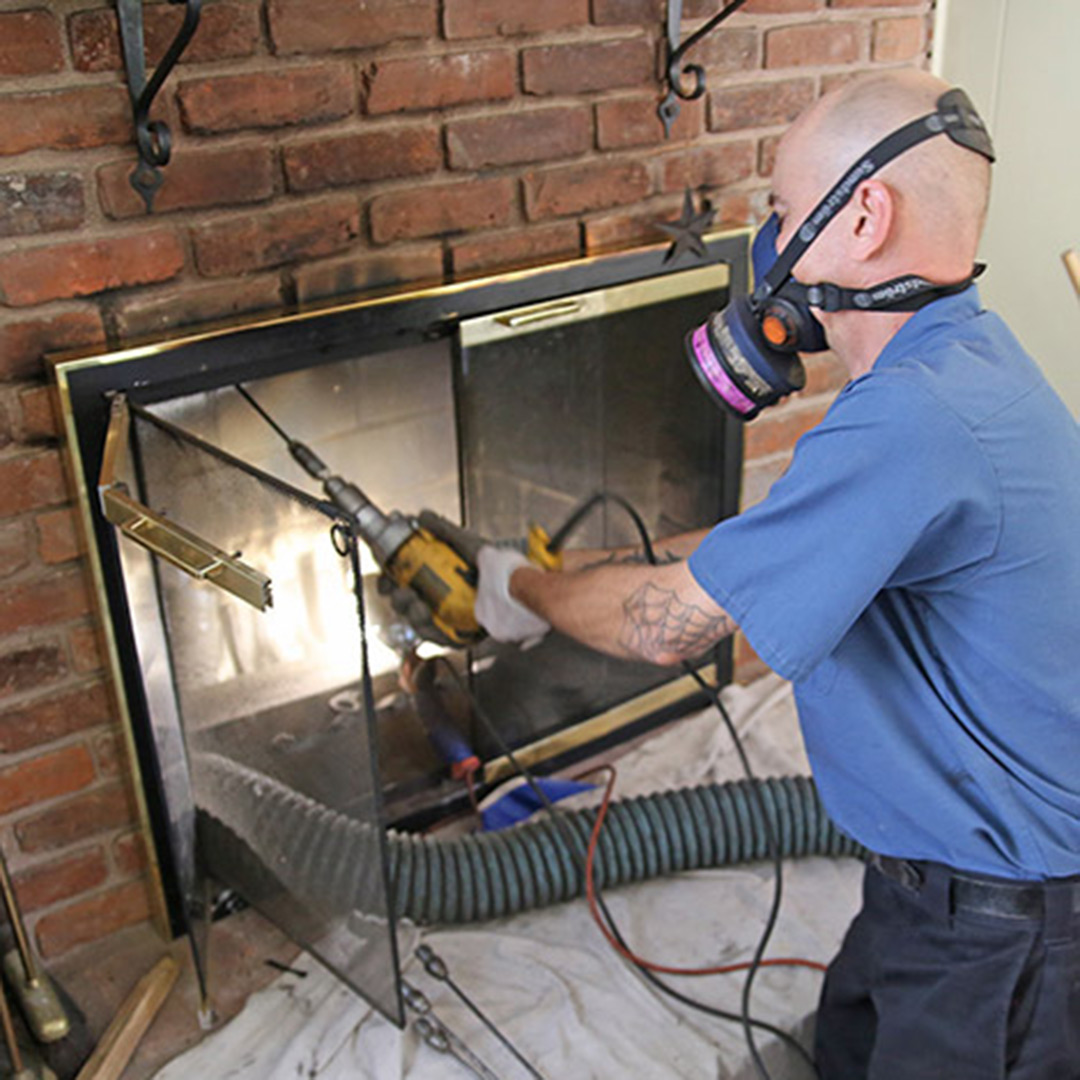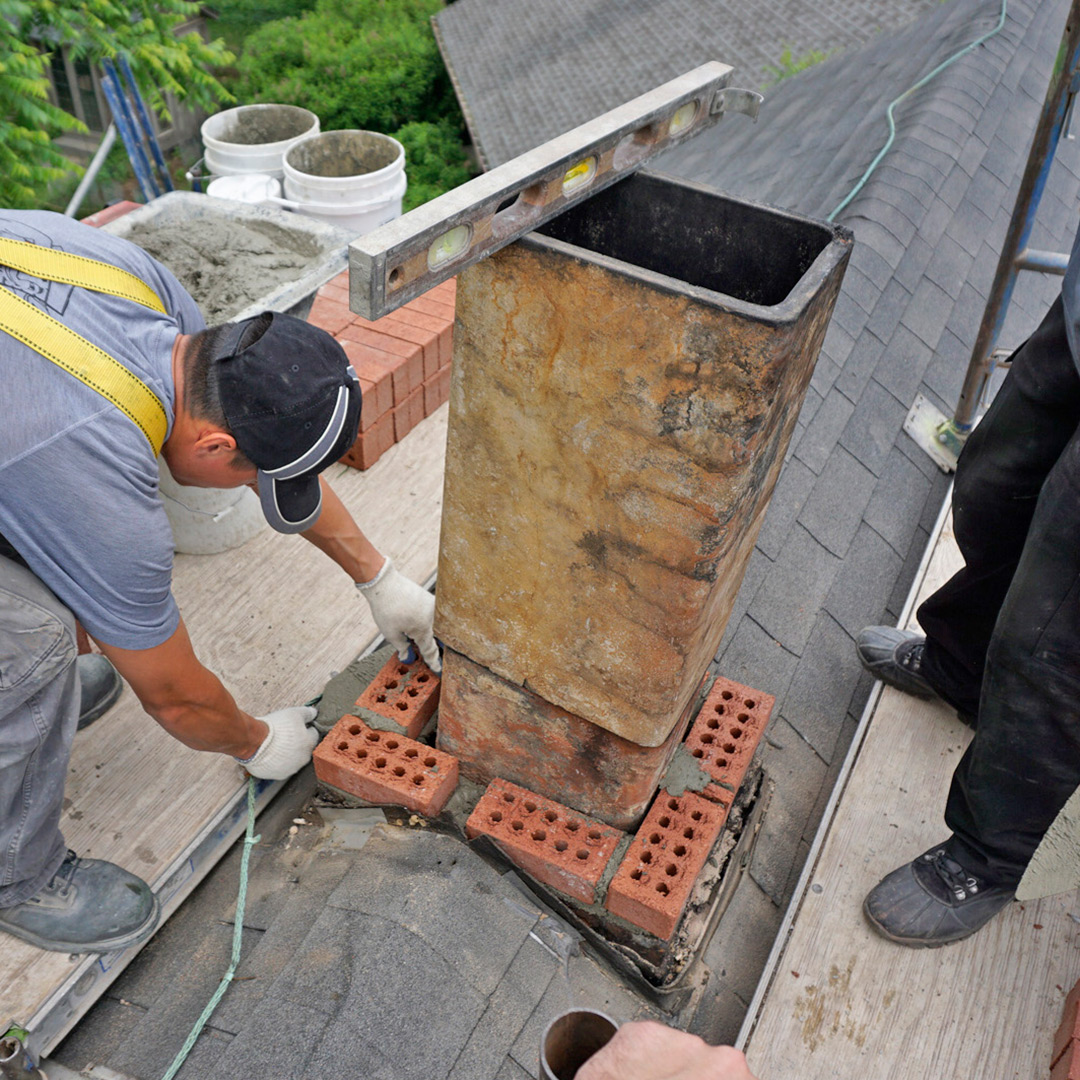5 Crucial Tips to Prevent Chimney Fires This Winter
Winter is here, and you’ve either built your first fire of the season or will soon. However, despite keeping your home warm and cozy and creating a nostalgic atmosphere, there could be a danger lurking in your chimney with the potential to destroy everything. In this blog post, we look at what causes chimney fires and the five steps you can take to prevent them.
 What Causes Chimney Fires?
What Causes Chimney Fires?
There are an estimated 25,000 chimney fires in the United States annually, some with disastrous outcomes. Chimney fires happen for various reasons, including:
Creosote Buildup
The number one cause of chimney fires is creosote buildup. Creosote is a highly combustible residue that comes from burning wood.
It accumulates on the chimney’s inner walls, starting as a flaky powder and growing into a sticky, tar-like glaze.
Poor Installation or Damage
If a chimney wasn’t built properly or suffered damage from weather or a seismic event, it could be a fire risk. Cracks, gaps, or deterioration can allow heat to escape and ignite nearby combustible materials.
Overloading the Fireplace
Some people like spectacular fires in their fireplaces. Whether they’re a firebug at heart or think the bigger the flames, the warmer the home, overloading the fireplace can create more heat and higher temperatures than your fireplace or wood stove can handle, leading to a fire.
Poor Ventilation
It’s crucial to have good ventilation for your fire to burn efficiently and safely. Poor ventilation leads to overheating, which can increase smoke and creosote buildup. Make sure your damper is fully open, allowing smoke and toxic gas to escape.
Tips for Protecting Yourself Against Chimney Fires
Regular Cleaning and Inspections
The most important thing you can do to protect yourself against chimney fires is to hire a professional sweep for yearly cleaning and inspections. Professionals have the knowledge and tools to thoroughly remove creosote and detect structural issues that could spell trouble down the road.
Use a Chimney Liner
Depending on where you live, a chimney liner (or flue liner) might be mandatory. But if it’s not, you need to have one installed. Chimney liners protect your home’s combustible components against high temperatures running up the chimney. They also protect the chimney’s masonry materials from the corrosive effects of creosote that could lead to structural damage over time.
Install a Chimney Cap
A chimney cap prevents debris and animals from getting in and causing obstructions that block airflow. Caps also prevent sparks and embers from escaping the chimney and landing on the roof or other flammable materials.
Burn Seasoned Firewood
Many people think any wood will do when starting a fire. That might be true if you’re stranded in the woods and must stay warm, but it’s another story in the house. Seasoned firewood is dry, which burns more efficiently and produces less smoke. Less smoke means less creosote buildup.
Experts recommend burning wood that’s been dried for at least six months. Good woods to burn include hardwoods like oak, maple ash, and birch. Avoid burning green wood with high moisture content, treated or painted wood, driftwood, and non-wood items like cardboard, trash, or other materials.

Call Fluesbrothers Today
Fluesbrothers Chimney & Fireplace is the go-to chimney and fireplace specialist in Kansas City because we do it all. Whether you need chimney cleaning, repairs, inspection, rebuilding, fireplace installation, or dryer vent cleaning, we’ve got you covered.
Our technicians are certified by the National Fireplace Institute and the Chimney Safety Institute of America, so you can be confident knowing their work is accurate and safe.
Contact us today to schedule cleaning and inspection at 913-236-7141.
The post 5 Crucial Tips to Prevent Chimney Fires This Winter appeared first on Fluesbrothers Chimney Service.

 What is Creosote?
What is Creosote?
 Things to Look Out For
Things to Look Out For
 What Can Happen If Water Is Not Addressed?
What Can Happen If Water Is Not Addressed? Warning Signs
Warning Signs